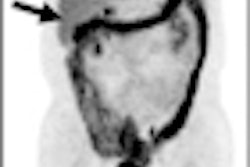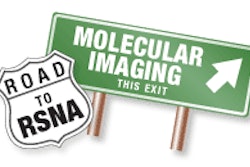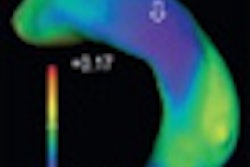In a study of 194 patients who received a PET scan within one year of undergoing a colonoscopy with biopsy, a negative PET scan did not exclude the presence of an advanced adenoma.
Among the patients in the study, there were 177 cases of noncolorectal cancer and 17 cases of colon cancer. In addition, 291 biopsies revealed 105 tubular adenomas; 29 cases of tubulovillous adenomas; 40 patients with carcinoma, normal mucosa, inflammation, or hyperplastic polyps; and 117 cases categorized as other cancers.
Per-lesion performance of FDG-PET showed a sensitivity of 24% for all polyps and 40% sensitivity for lesions larger than 10 mm. For all polyps, sensitivity was 40%, specificity was 58%, positive predictive value was 67%, negative predictive value was 69%, and accuracy was 45%.
For lesions 10 mm or greater, sensitivity was 51%, specificity was 67%, positive predictive value was 49%, negative predictive value was 68%, and accuracy rated 61%.
Four adenocarcinomas ranging in size from 1.5 cm to 3 cm were not detected, one of which was mucinous in histology.
The results prompted study co-author Neety Panu, MD, and colleagues from the Royal University Hospital in Saskatoon, Saskatchewan, to conclude that while FDG-PET was sensitive in detecting malignancy and could detect colorectal polyps, its lack of focal colonic uptake did not reliably exclude important colonic neoplasms.



















